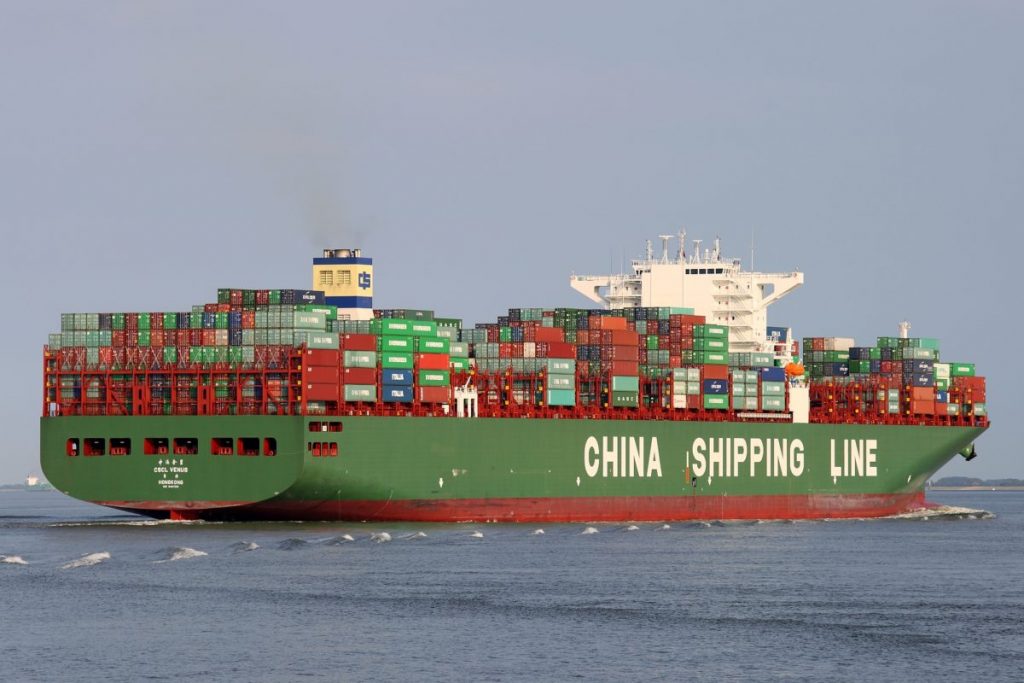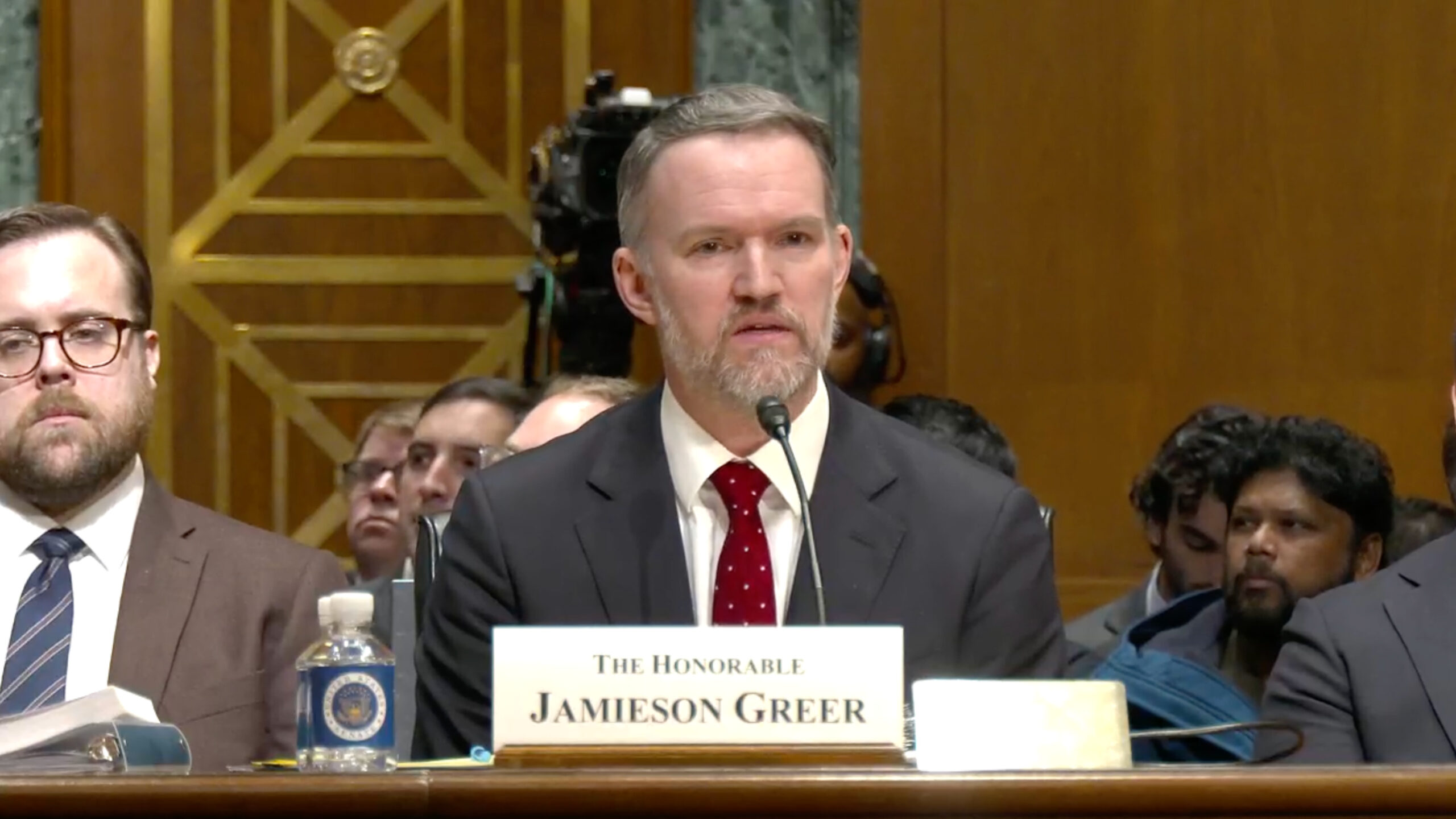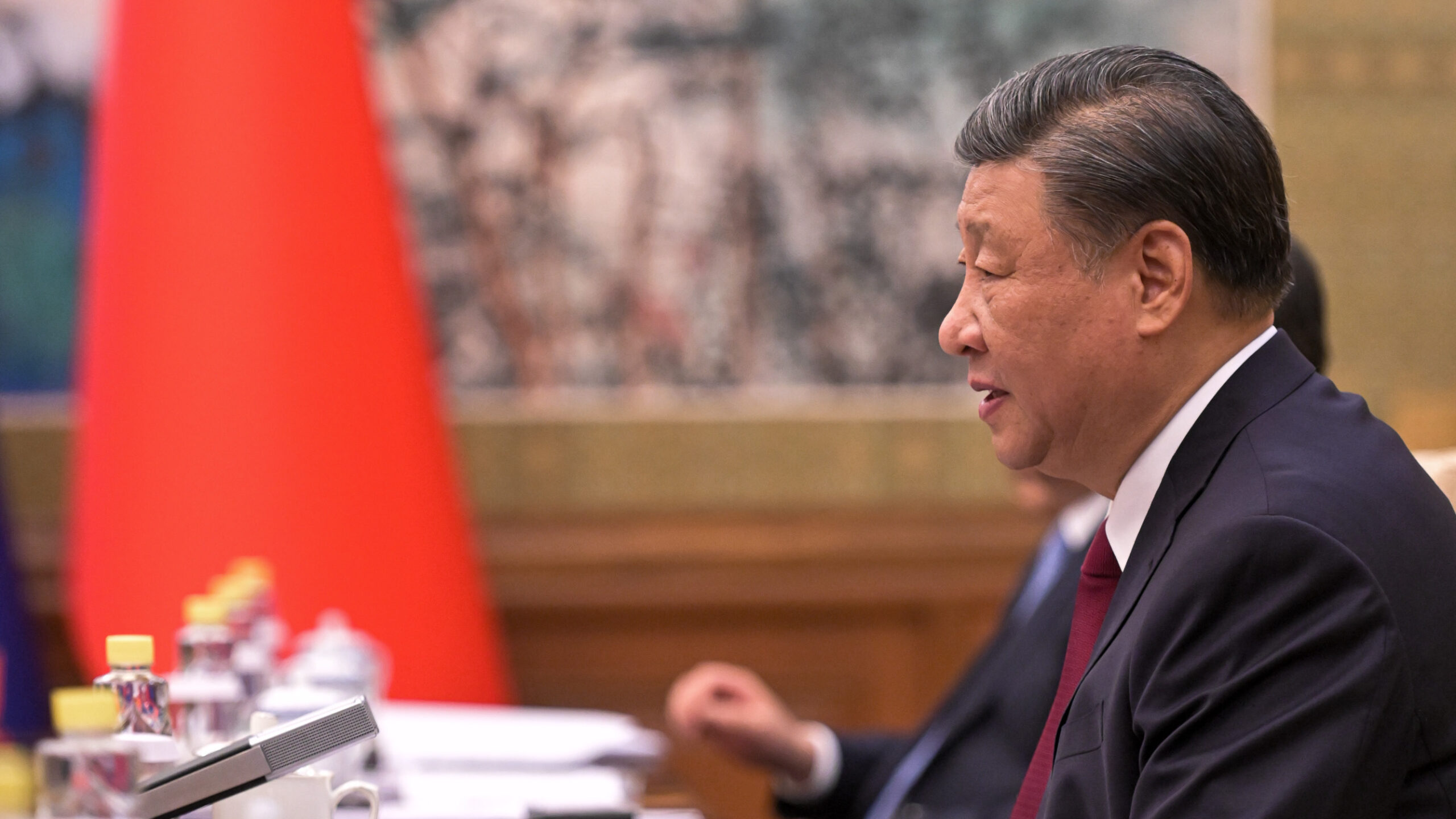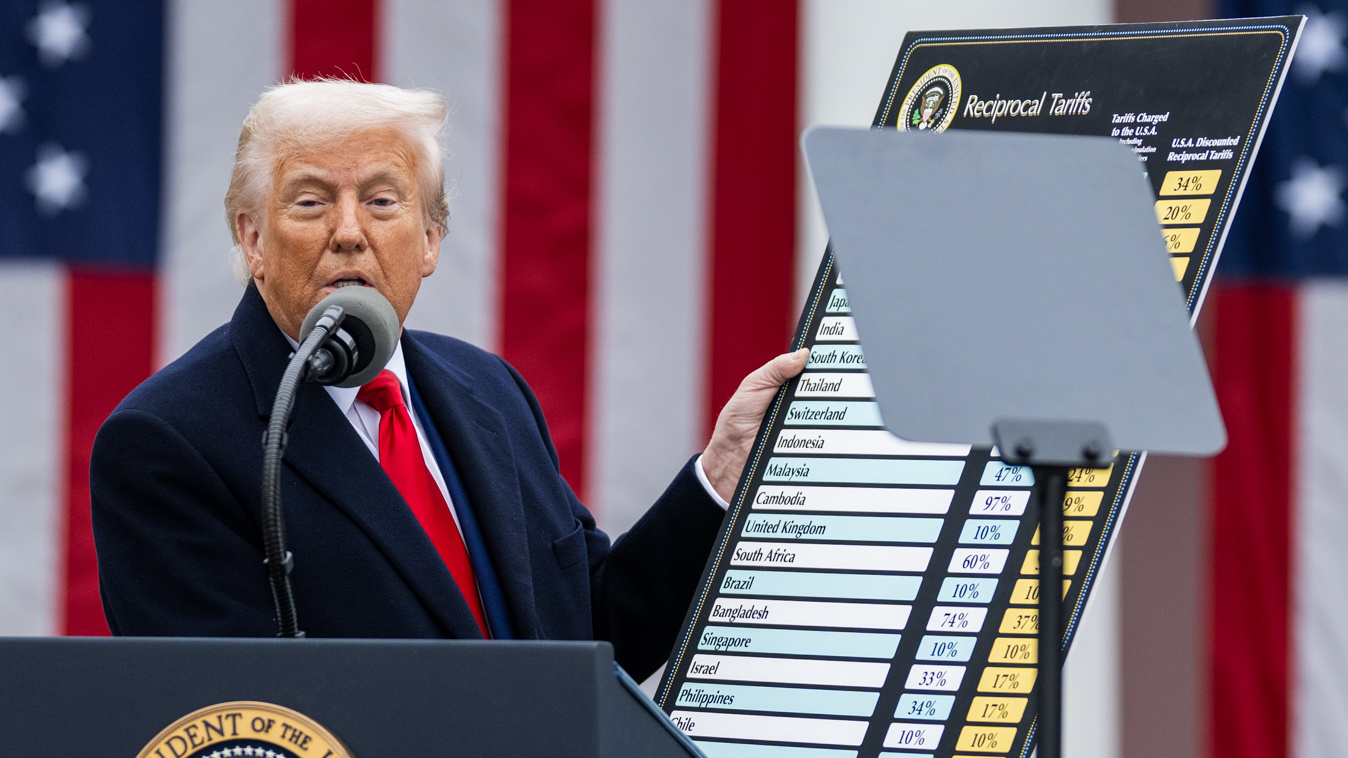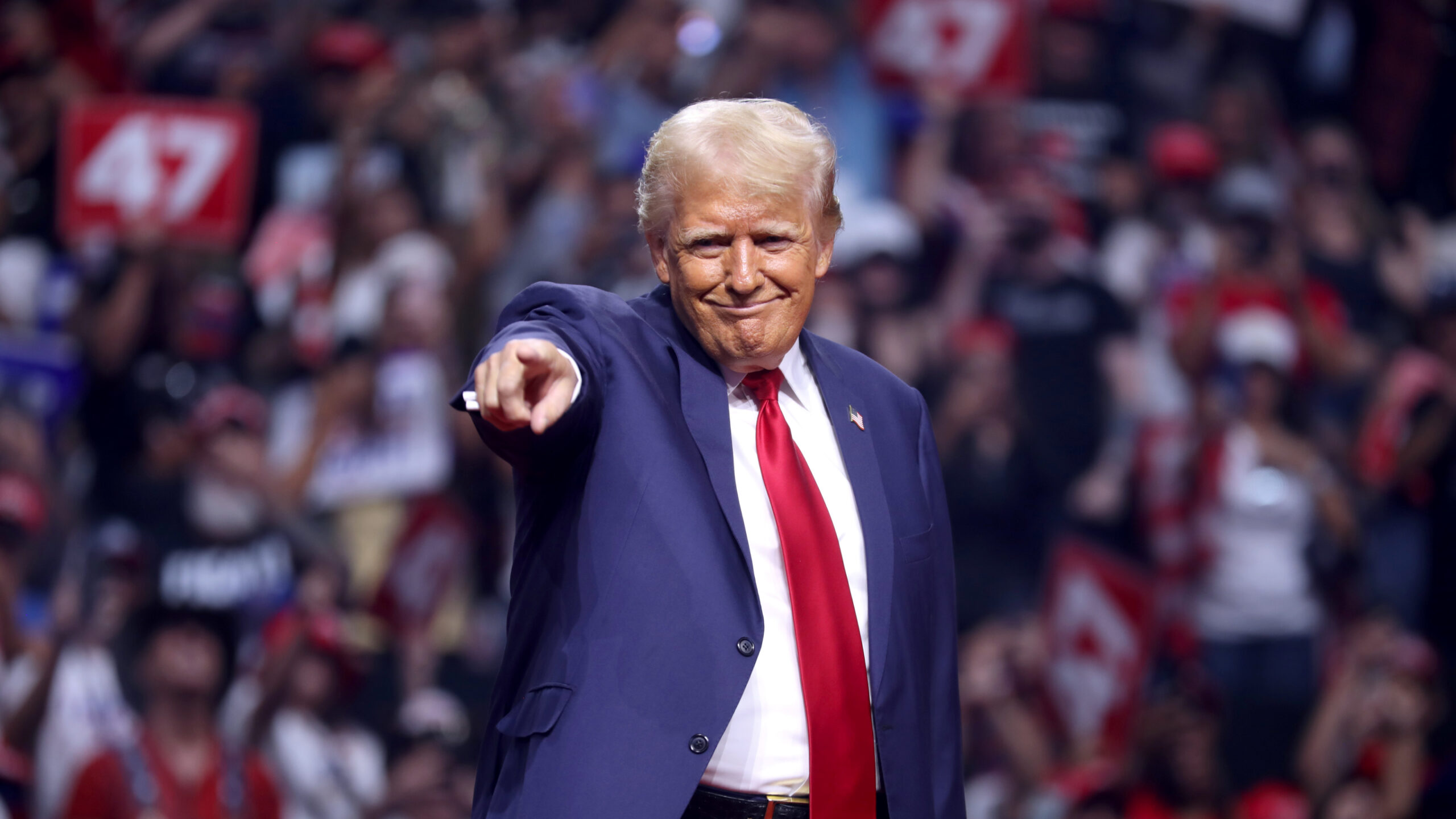Every time there is some kind of dispute between China and the United States, a litany of voices emerges to warn of spiking interest rates. These warnings are wrong-headed. And this post is going to explain why.
Beijing is not Washington’s banker
[Edward Harrison | April 7, 2018 | Credit Writedowns]
We went through this very same exercise in 2010. And Michael Pettis’s commentary is useful in this context. Let me quote from Michael and explain what it means in today’s context:
If China runs a current account surplus, it must accumulate net foreign claims by exactly that amount, and the entity against which it accumulates those claims (adjusting for actions by other players within the balance of payments) ultimately must run the corresponding current account deficit. And as long as China ran the largest current account surplus ever recorded as a share of global GDP, and the US the largest current account deficit ever recorded, and especially since China also ran an additional capital account surplus (i.e. other non-PBoC agents ran a net capital inflow), it was almost impossible for the PBoC to do anything but buy US dollar assets. Given the sheer amounts, a substantial portion of these assets had inevitably to be USG bonds.
Context today: The source of acrimony between China and the US is China’s trade surplus with the US. Now, when China builds this surplus, it accumulates dollars. And it has to do something with those dollars. And so, for a large portion of that dollar hoard, the Chinese have decided to store it as Treasury bonds.
We don’t have to argue the merits of the Trump trade position here. It’s irrelevant regarding China’s accumulation of Treasury securities or mortgage-backed securities. Note that now it is Germany instead of China that has the largest current account surplus. And the EU has drawn Trump’s ire for this reason.
China’s Treasury accumulation is NOT discretionary
This was not a discretionary lending decision. It is the automatic consequence of China’s currency regime, in which it pegs the RMB to a foreign currency, in this case the dollar. Why? Because when the PBoC decides on the level of the RMB against the dollar, it does not do so by passing a law, and making it a capital crime for anyone to trade at a different price. What it does is far simpler. It offers to buy or sell unlimited amounts of RMB against the dollar at the desired price.
No one will sell dollars for less than what they can get from the PBoC, nor will anyone buy dollars for more than what they can pay the PBoC, so all transactions get done at that price. That is how the PBoC (or any other central bank that intervenes in the currency market) sets the foreign exchange value of its own currency.
This means that as long as it wants to set the exchange rate, then, it must take the opposite position of the market. Since the rest of the market is a net seller of dollars (China runs a current and capital account surplus), the PBoC has no choice but to be a net buyer of dollars, which of course it must then invest.
Context today: These are important points by Michael that still resonate. In 2015, China dropped the strict peg to the US dollar. It now targets a basket of currencies. But the currency is still not free-floating. It is pegged. This is why some talk of “currency manipulation”.
So, the situation is basically the same as it was in 2010. As Michael pointed out then, “the PBoC decides on the level of the RMB”. That means the current account surplus and the dollar accumulation is NON-discretionary. It is the result of the level at which the Chinese have pegged their currency.
What happens if the Chinese sell US Treasury securities then?
We saw the Chinese when they become net sellers of US government bonds in 2016. Marc Chandler recently pointed this out. And Marc wrote about the impact on yields:
The war camp that is playing up the possibility that China sells its Treasuries in displeasure also complains when China buys US Treasuries. We can also test the hypothesis of what happens when China has sold US Treasuries in the recent past. From June 2016 through November 2016, China’s Treasury holdings, according to US data fell by $200 bln, which was 15% of their holdings. What happened to the US 10-year yield (as a rough and ready metric of the impact), you ask? It was virtually unchanged.
So the People’s Bank of China sold a whopping 15% of their bonds and nothing happened to yields.
Why is that, you might ask? The simple answer is that for every seller, there’s a buyer. The question is the price. The ‘war camp’ Marc describes assumed that the Chinese’s selling meant that the demand for Treasury securities had diminished. And, in this view, the loss of Chinese demand would cause prices to sink and yield to rise. But that’s not how it works. It didn’t work that way empirically in 2016. And it doesn’t work that way ‘theoretically’ either.
How the bond market vigilantes work
Here’s the theory.
And this applies to all fiat currency areas where the central bank acts on behalf of the government as monopoly supplier of reserves. It’s true in Japan, in New Zealand, in Canada and in the United States. It’s not how it works in the euro area because national central banks do not control eurozone monetary policy.
When a central bank like the Fed sets its target for overnight rates, it doesn’t force banks to buy or sell reserves at that rate. The CB is simply committing to transact at that rate. And let’s remember that the CB is the monopoly supplier of reserves. So, in the end, the central bank has so much credibility that the market simply moves to this rate — without the CB having to intervene.
Now, long-term interest rates are really just a series of expected future short-term interest rates with a ‘term premium’ tacked on. That means long-term interest rates are the market’s collective wisdom about where a central bank is headed. The federal funds futures market even gives us probabilities for what those future target federal fund rates will be.
So when a seller wants to leave the long-dated Treasury market altogether, it is going to transact at a market price that reflects the market view for expected future federal funds rates. These are liquid markets. And the Chinese can’t dominate the market by selling. Buyers will step in at the price that the market collectively deems appropriate given likely future overnight rates.
The term premium is really the only variable. And that reflects the overall supply and demand for safe assets. And right now the demand for safe assets is rising.
The way bond vigilantes work, then, is by anticipating the Fed’s moves. If the Fed is unconcerned about inflation, and markets see it coming, markets can anticipate a jump higher in the likely path of overnight rates. Bond vigilantes are metaphorically speaking ‘front-running’ the Fed’s moves.
But if the central bank chooses to let inflation run, as the Bank of England has done, long-dated interest rates will remain low. They have done in the UK. In fact, inflation is higher in the UK than the US and 10-year rates are lower in the UK. This is true despite the US dollar’s role as the world’s major reserve currency. That speaks to the power of the central bank across the curve.
The currency is the release valve
But that’s also why the Pound Sterling remains a weak currency. The bond vigilantes have not moved against the yield curve, because the BoE remains committed to near-zero rates. But that makes British assets less attractive. And the currency has sold off and remains weak as a result.
So, think of China as a bond market vigilante. If the Chinese decide to sell Treasury assets and sell dollars, they would put downward pressure on the US dollar. But this means three things:
- First, it means that the Chinese have to allow their peg to rise and let the yuan appreciate against the US dollar.
- Second, the fall of the dollar would mean an increase in imported inflation for the US. That could cause the Fed to accelerate its rate hike timetable even if growth was flagging.
- Third, the currency moves would automatically reduce the trade imbalances. And lower imbalances would alleviate the political tension between the US and China.
This is why almost all nations allow their currency to float. The currency is the release valve. It does all the hard work of adjustment. And that takes away a lot of political pressure.
Don’t forget the Triffin Dilemma though
I want to make one last point here. The US is the world’s leading reserve currency. And as the national currency, that creates a tension known as the Triffin Dilemma.
The Trump administration wants to reduce the US trade deficit. But the balance of payments deficit in the US is systemic because of the US dollar’s role as the leading reserve currency. Countries want to build reserves, not reduce them. Everyone is trying to accumulate dollars, not sell them. That makes the US current account deficit chronic. This is what Begian-American economist Robert Triffin pointed out some 50 years ago.
As Economist Randy Wray noted back in 2011:
We see from the chart that the “normal” situation in the US is a private sector surplus, and a (growing) current account deficit. These are offset by a government budget deficit. The exception was the Clinton years, when government ran a surplus and the private sector ran unprecedented deficits.
Here’s the chart he referenced.
Conclusion: Float the Yuan, reduce the Dollar’s reserve currency role
There are no easy answers to political questions. But, if the Chinese really want to use Treasury bonds as a weapon, they will need to either float their currency or revalue it. And that is not at all what they want to do. Revaluation would reduce Chinese exports and slow economic growth. I don’t see this happening.
Moreover, from the US perspective, Randy’s observations tells you the trade deficit ‘problem’ is chronic. So, if the US really wants to tackle its deficit, it should look to depreciate the US dollar by reducing its role as a world reserve currency. I don’t see this happening either.
So expect the ongoing trade conflict to escalate. And expect people to misdiagnose the constraints as well. and these misdiagnoses will ultimately increase the conflicts, and not diminish them.



